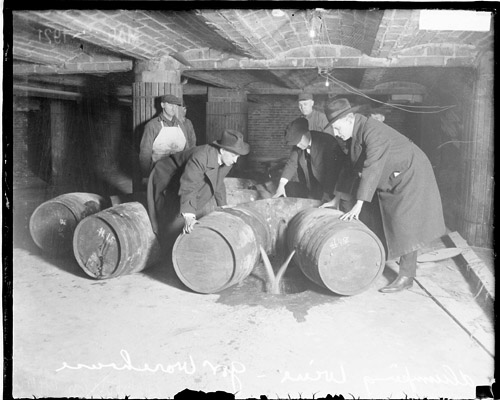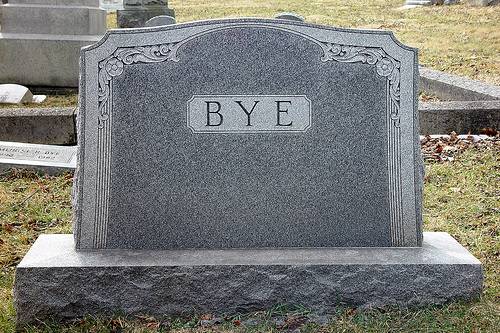
Necessity is the mother of invention. In the 1840s, when Army horses and mules were failing in the American Southwest, Secretary of War Jefferson Davis (yes, same guy) allocated $30,000 for “the purchase of camels and the importation of dromedaries, to be employed for military purposes.” The Navy sent a ship to North Africa, and in 1856 33 confused camels arrived in Indianola, Texas.
They did pretty well. After a survey expedition to California, an enthusiastic Col. Edward Beale declared, “I look forward to the day when every mail route across the continent will be conducted … with this economical and noble brute.”
The Civil War put an end to the project, but there’s a strange postscript. Some of the camels escaped into the Texas desert, where apparently they adapted to life in the wild. The last feral camel was sighted in 1941. There’s a movie in here somewhere.




